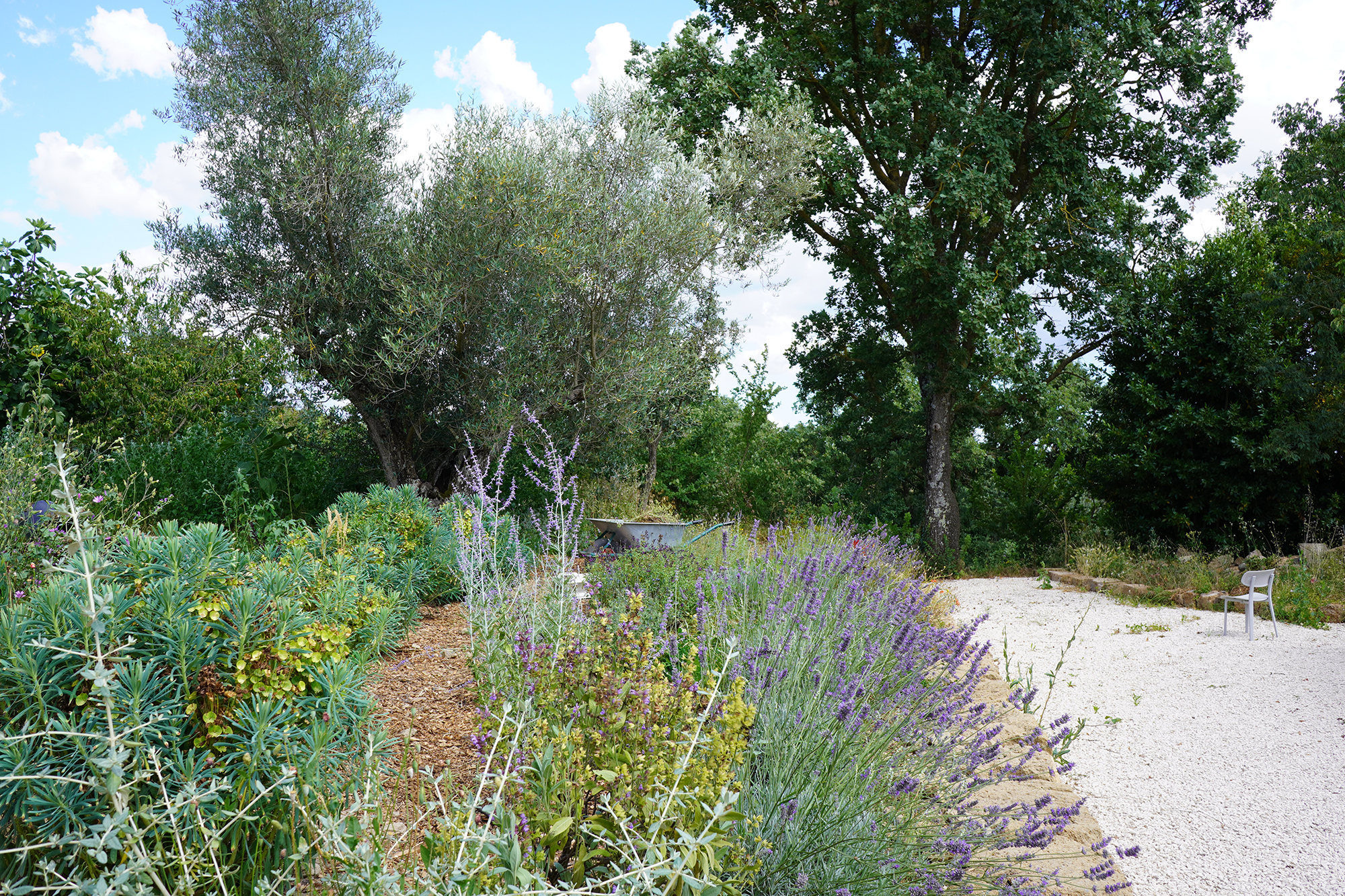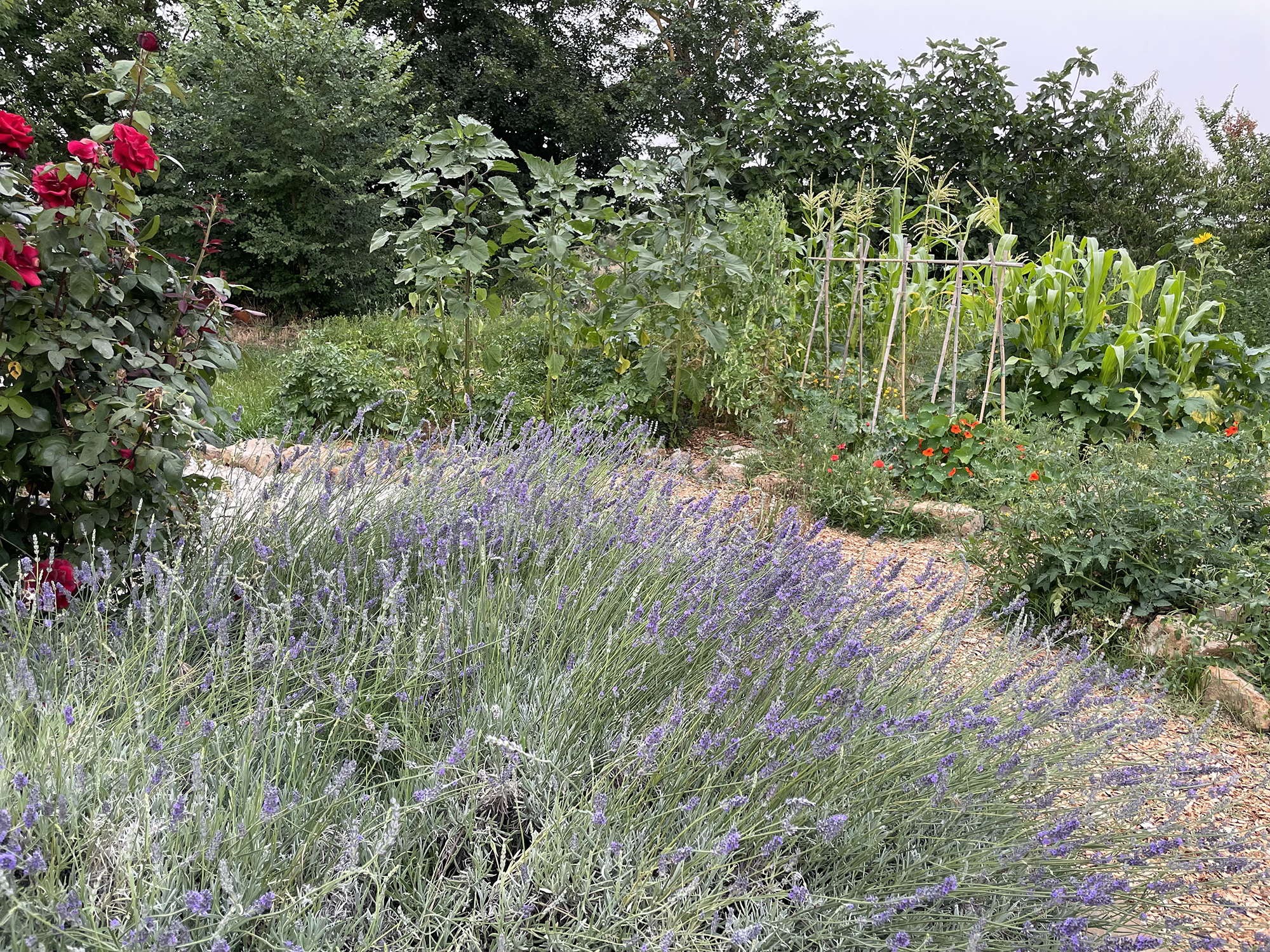„Too few know that the thin layer beneath our feet will shape our future.“ EU Soil Strategy 2030, European Commission, 17.11.2021
On recognising the importance of healthy soil and moving towards a regenerative design:
The reality of climate change and the inadequacy of our responses to date is becoming dramatically visible on many levels. Recent world events have significantly altered our point of view, making clear that our ways of life are no longer a given. In congruence, the degeneration of the Earth’s systems is coming to a head: Land is becoming depleted and flooding; Food security is at risk; Natural disasters are common place; Cities are overheating; Resources and materials are becoming scarce. The world is at a turning point and how we design, build and live in our environments must encompass not just sustaining the state of today, but regeneration. EARTH is an analogy for regenerative design: in working with the most valuable resource of the planet, Earth (soil), can we not only preserve, but improve our environments?
Regenerative design is process-oriented holistic design. Regenerative design develops solutions to create resilient and equitable systems that combine the needs of society with the integrity of nature. Regenerative design requires that we see ourselves and our actions as part of larger processes that we co-create in a way that strengthens and replenishes natural cycles rather than depleting them.
The circular design mantra of reduce, reuse, recycle must be expanded through regenerative design to restore, renew, replenish. With this design attitude, working within the context of Earth opens up a wide spectrum of applications who’s impact reaches far beyond current human-centered design practices. Working towards regeneration demands a change of perspective. In order to look to the future we first must (re)learn to see Earth.
Earth is the ground for the common good, the basis for biodiversity, the source of food and materials, the mega-storage of carbon and water and thus the basis of life. The earth’s soils hold more life and diverse kinds of life than all of that which we see above ground—the health of the soil’s organisms is directly connected to the health of our environment. The better the quality of the soil, the more water it retains, the more carbon it sequesters and stores, and the more nutrients it has. In order to ensure global food security and to counteract climate change, we must end the destructive use of soils of agricultural land and urban open spaces, savannahs, wetlands and forests by way of mismanagement, contamination, erosion and sealing. Conventions of today can be redefined to improve the environment, and (ironically) to be more cost effective. If we start with the premise that the EARTH we live on is Common Ground and for the Common Good, we open socio-economic as well as urban development, building typology and building material questions.
„The loss of our soils is the most underestimated of the big environmental problems of our planet.“Jochen Flasbarth, Staatssekretär im Entwicklungsministerium, 2022



